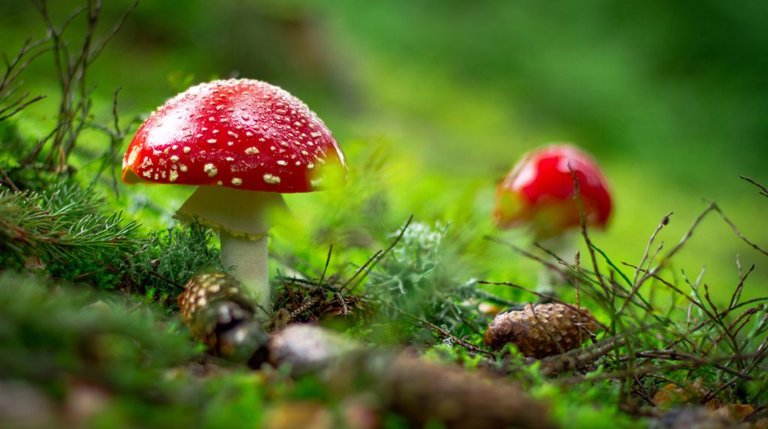
Mycorrhizae is the bridge that connects plants to the full complexity of soil life!
Mycorrhizae refers to ancient, naturally occurring, beneficial fungi that have the ability to attach to the root system of the majority of plants on earth, forming a mutually beneficial, symbiotic relationship between plant and fungi.
You Will Learn:
- The Effects of Mycorrhizae
- How Mycorrhizae Functions
- Using Bio-remediation to Create Environments that Encourage Soil Microbes
- Ways we can Supercharge the Process of Environmental Rehabilitation!
Mushroom Classification -
Mycologists classify fungi in 3 groups:
- Saprobes are fungi that feed off decomposing organic materials (dead plants and animals).
- Pathogens are fungi that feed off living organisms to the detriment of the host-organism.
- Symbionts are fungi that feed off living organisms and return nutrients to the host-organism.
Mycorrhizae are classified as symbionts, although in certain instances fungi are known to cross kingdoms and demonstrate characteristics from 2 or 3 groups.
Mycorrhizae Effects on Plants -
The symbiosis between Mycorrhizae and the root-system (rhizo-sphere) results in an increase in the host plant’s capacity to uptake water and nutrients, improving plant performance and soil biology, decreasing the need for fertilizers, leading to a healthier and more efficient forest ecosystem!
Increases Nutrient Uptake ✓
Increases Mineral Uptake ✓
Increases Water Uptake ✓
Increases Disease Resistance ✓
Increases Drought Resistance ✓
Increases Pest Resistance ✓
Increases Salt Resilience ✓
Increases Heavy Metal Resistance ✓
Improves Soil Structure ✓
Enhances Nutrition Value of Product ✓
Balances Soil pH ✓
Expands Cellular Intelligence ✓
Expands Plant Consciousness ✓
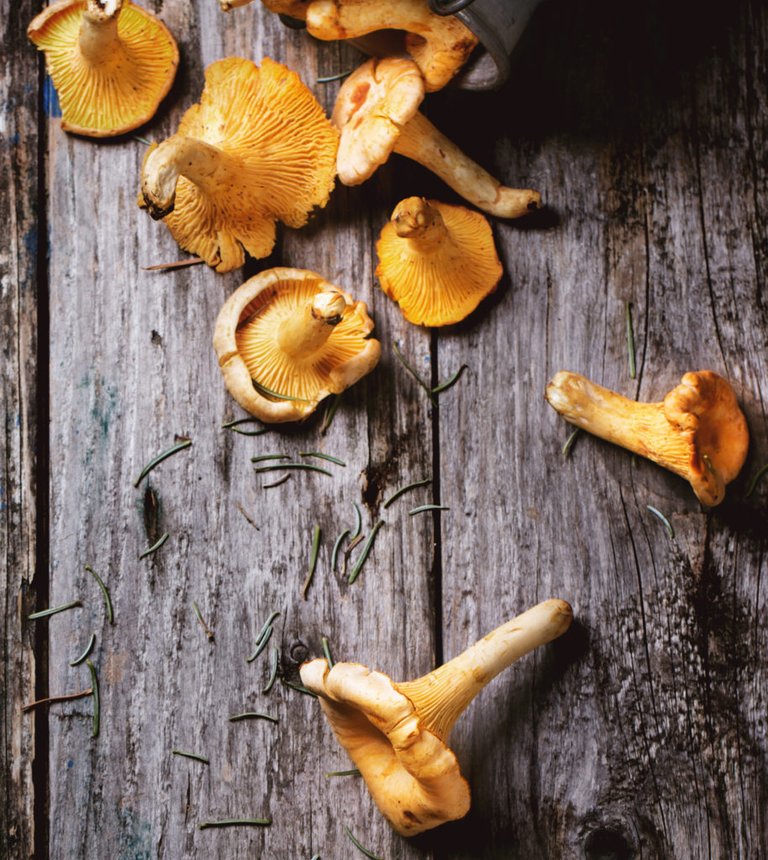
Pictured is an edible Mycorrhizal Fungus called "Chanterelle"
Nutrient Exchange -
Incorporating Mycorrhizae in your food forest design is very wise, as these fungi has an investment in the health and well-being of your trees just as you do!
This is because Mycorrhizae rely on the health of their host-plants for food.
Through photosynthesis, the host-plant creates sugars (such as glucose and sucrose).
With direct access to these sugars, the fungus proliferates, spreading thin strands of absorbent, fungal hyphae throughout the root-zone, enshrouding and in some cases penetrating the root structure.
The hyphae then begins expanding throughout the landscape, sometimes stretching for many hundreds of meters like a giant branching web.

Pictured is an edible Mycorrhizal Fungus called "Saffron Milk Cap"
Mycellium -
This branching web of hyphae is called Mycellium.
Mycellium has been compared to the Internet by leading Mycologists. Through the mycorrhizal mycelium, trees are able to send and convey information, communicating with each other, sending distress signals and exchanging nutrients, supporting one another’s growth!
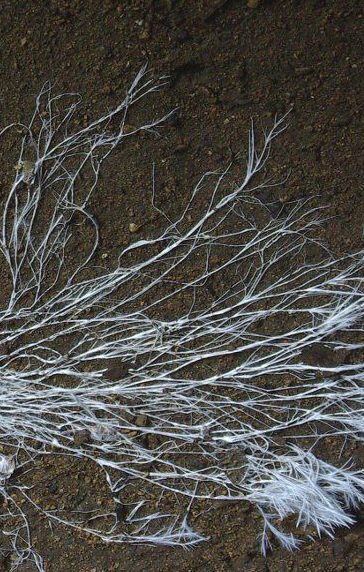
Hyphae filaments have such a large surface area that they are able to absorb water, minerals and nutrients more efficiently than the roots, infiltrating various soil elements and transmuting these so they become available to plants’ roots where otherwise they might not be available due to chemical or physical immobilization.
This results in the host-plant having greater access to what it needs most – water and nutrients!
Bio-Remediation and Soil Rehabilitation -
Plants that are grown in depleted soils where Mycorrhizae is absent often cannot grow effectively without manually recolonizing Mycorrhizae.
Human intervention in poor landscapes is crucial to ensure the success of young trees and rehabilitate the environment.
Bio-remediation is the process of treating soil and water that has been contaminated by petro-carbons, heavy metals, chemicals, plastics and other pollutants by modifying environmental conditions to stimulate the growth of beneficial micro-organisms.
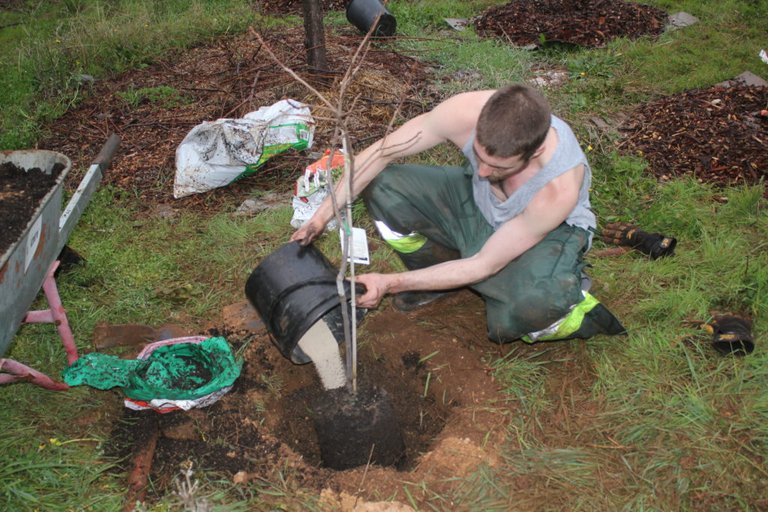
Pictured is Majin Ben inoculating the rootzone of this persimmon with mycorrhizae and rock dust minerals
Certain micro-organisms such as fungi, bacteria, yeasts and algae have the ability to modify toxic elements in the environment with extremely high efficiency. Evidence indicates that a healthy micro-biome has the potential to render many environmental toxins inert or neutral!
Mushrooms have been demonstrated to break down diesel-contaminated soil in a fascinating process:
- Soil was Inoculated with Oyster Mushrooms
- After 4 weeks the Oyster Mushrooms were growing extremely Healthily
- After 6-7 weeks the Mushrooms began to Rot
- The Mushrooms spread their spores to inoculate the soil further,
- Flies were then attracted to the Rotting Mushrooms
- The Flies laid eggs which hatched into Larvae
- The Larvae then attracted Birds
- The Birds Provide a packet of Manure containing seeds
- The seeds germinated and plants and weeds began to grow
- The Soil had been converted to an “Oasis of Life”
For their function in environmental repair and toxicity mitigation, I believe a strong focus and energy must be spent on proliferating micro-organisms such as Mycorrhizae in our soil!
Proliferating Fungi with Mulch! -
A great way YOU can create the right habitat to support Mycorrhizae is to cover your soil with a thick blanket of mulch comprised of organic materials.
Organic Materials for Mulch can include:
- Leaves
- Wood Chips
- Straw
- Newspaper
- Cardboard
- Grass Clippings
- Pine Needles
- Grain Hulls
- Rock Dust
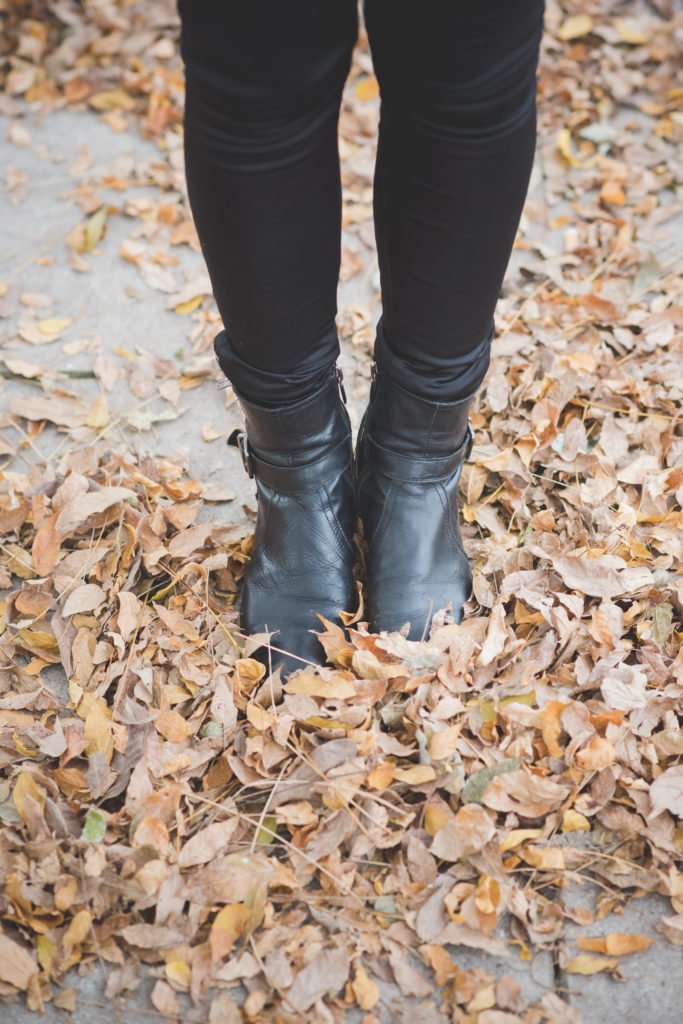
By covering the soil with a foot of mulch you will initiate the decomposition process, as natural fungi will begin breaking down the wood chips into a humus-rich compost for your trees, creating a perfect forest floor for your future Eden.
An excellent method to source organic materials is through many local tree-lopping agencies.
Truckloads of local wood chips and leaves are available for your utilization.
Sometimes these enormous truckloads can be free of charge!
Mycorrhizae and Rhizobia in Support Species -
Another method available to us to accelerate the rehabilitation of our landscapes is to plant Nitrogen Fixing Support Species, inoculating these with both Rhizobia Bacteria and Mycorrhizal Fungi.
The combination of Mycorrhizae and Rhizobia has demonstrated excellent results in studies and field experiments.
Support Species that are inoculated with both Rhizobia Bacteria and Mycorrhizae have demonstrated in studies and field trials to increase growth, biomass and nutrient uptake, as well as accumulate higher concentrations of Nitrogen (N), Phosphorus (P) and Potassium (K) and other beneficial constituents than un-inoculated controls.
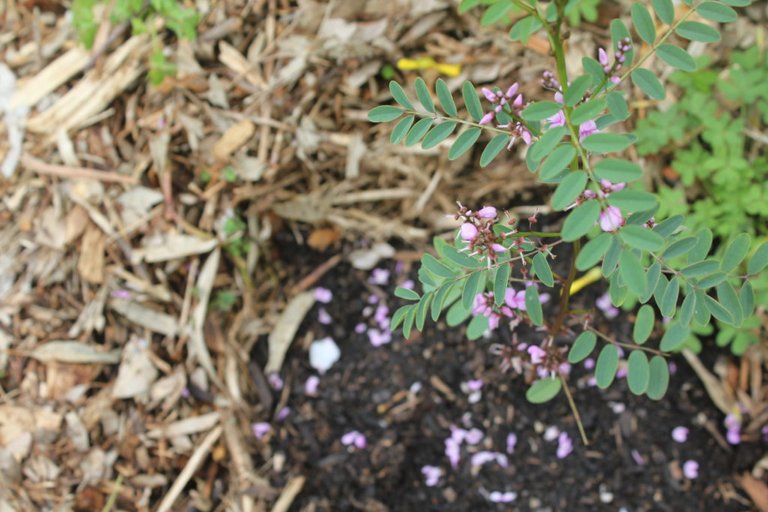
Pictured is an Indigofera Australis, a Nitrogen Fixing Support Species with Flowers that can turn water blue for color therapy.
Related Content: Permaculture Support Species
How to Apply Mycorrhizae: -
- Dig a hole and sit your plant inside (ensure your tree is sitting higher than the surrounding soil)
- Administer a tablespoon of Mycorrhizae spores to the root-zone of the plant and inside the hole
- Fill in the hole with a well-draining soil.
- Water the plant!
It’s as simple as that!
More Edible Mycorrhizal Fungi include:
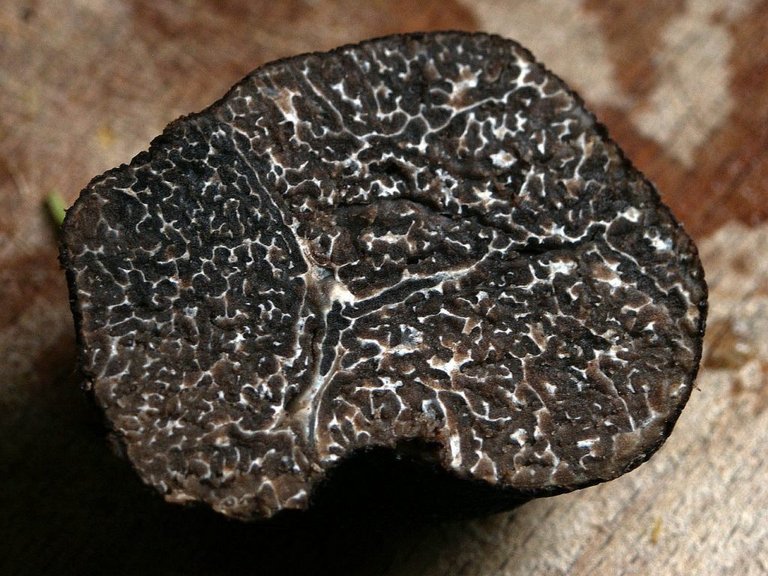
Black Truffle, an expensive, edible Mycorrhizal Fungus
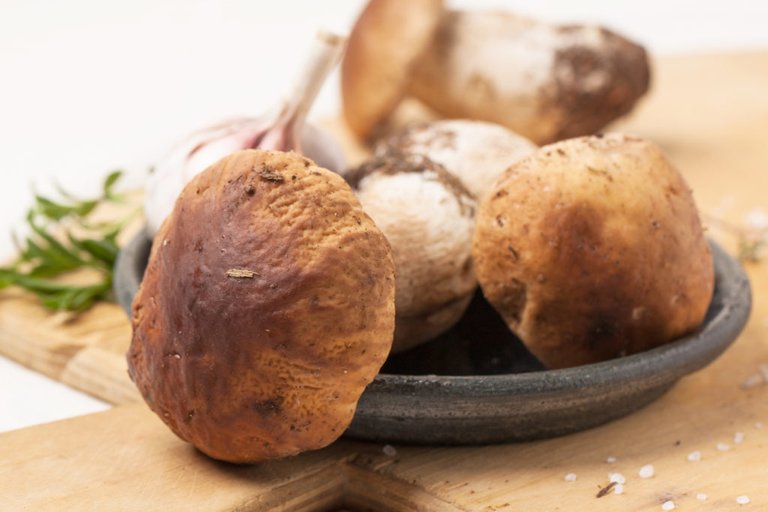
Porcini, an edible Mycorrhizal Fungus

Shimeji, an edible Mycorrhizal Fungus
Where to Buy? -
Mycorrhizae is available on Amazon:
Mycorrhizae Powder (pure and organic)
Thanks for Reading!
REFERENCES:
1 “Mushrooms as Planetary Healers” by Paul Staments https://youtu.be/BelfLIJErek
2 “Growth response of Acacia planifrons W. et A. to Arbuscular Mycorrhizal Fungi and Nitrogen Fixing Bacteria Under Nursery Conditions” http://anarkeden.com/c0ap
3. “Mycorrhizae of Nitrogen-Fixing Legumes” https://link.springer.com/article/10.1007/BF00937189
Awesome info! :)
Thank you very much!
priceless IN FORM ATION!!!!!!!!!!!!!!!!!!!! thanks Majin!!!!
Thanks mate!!! :)